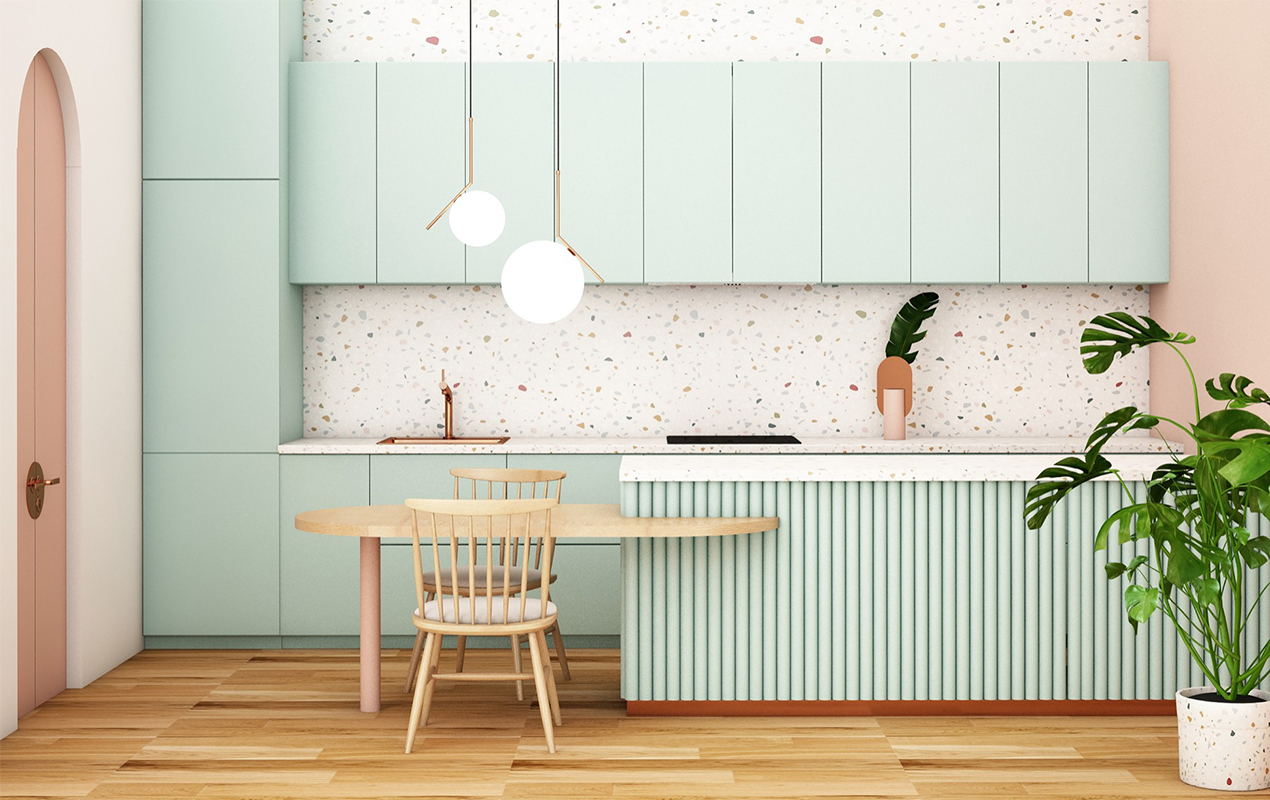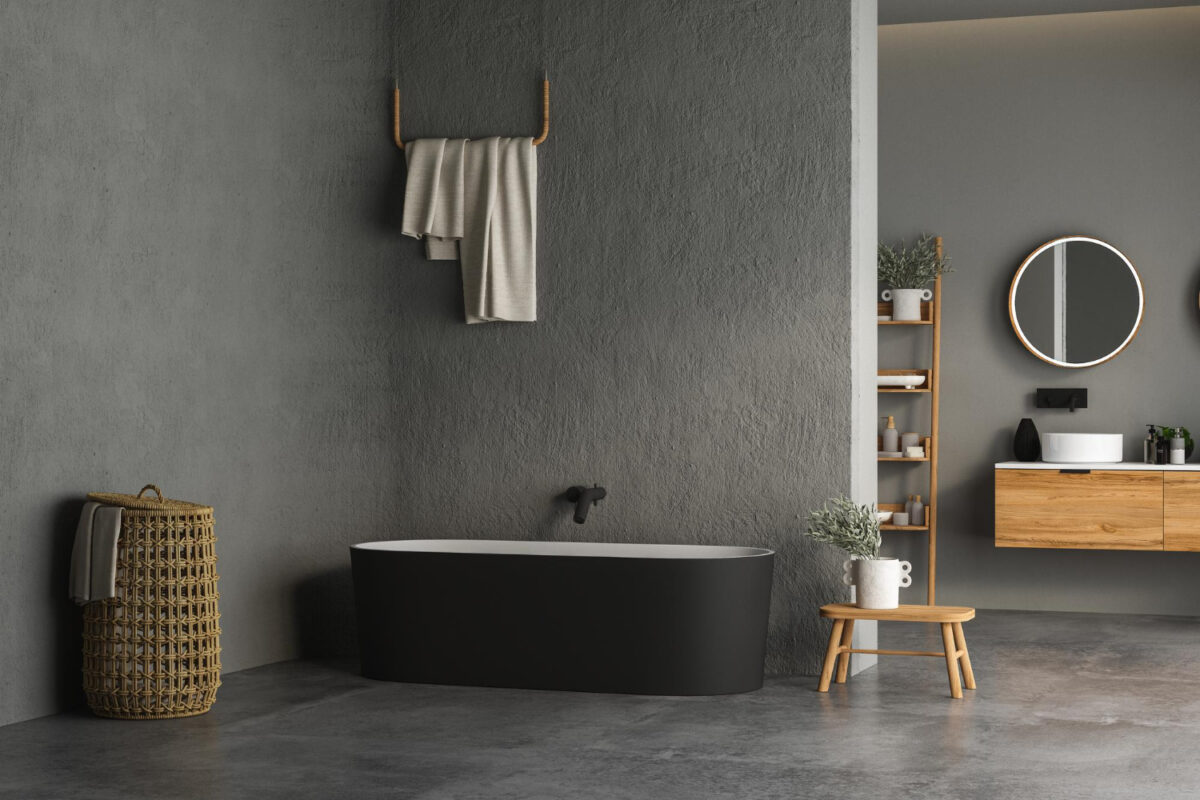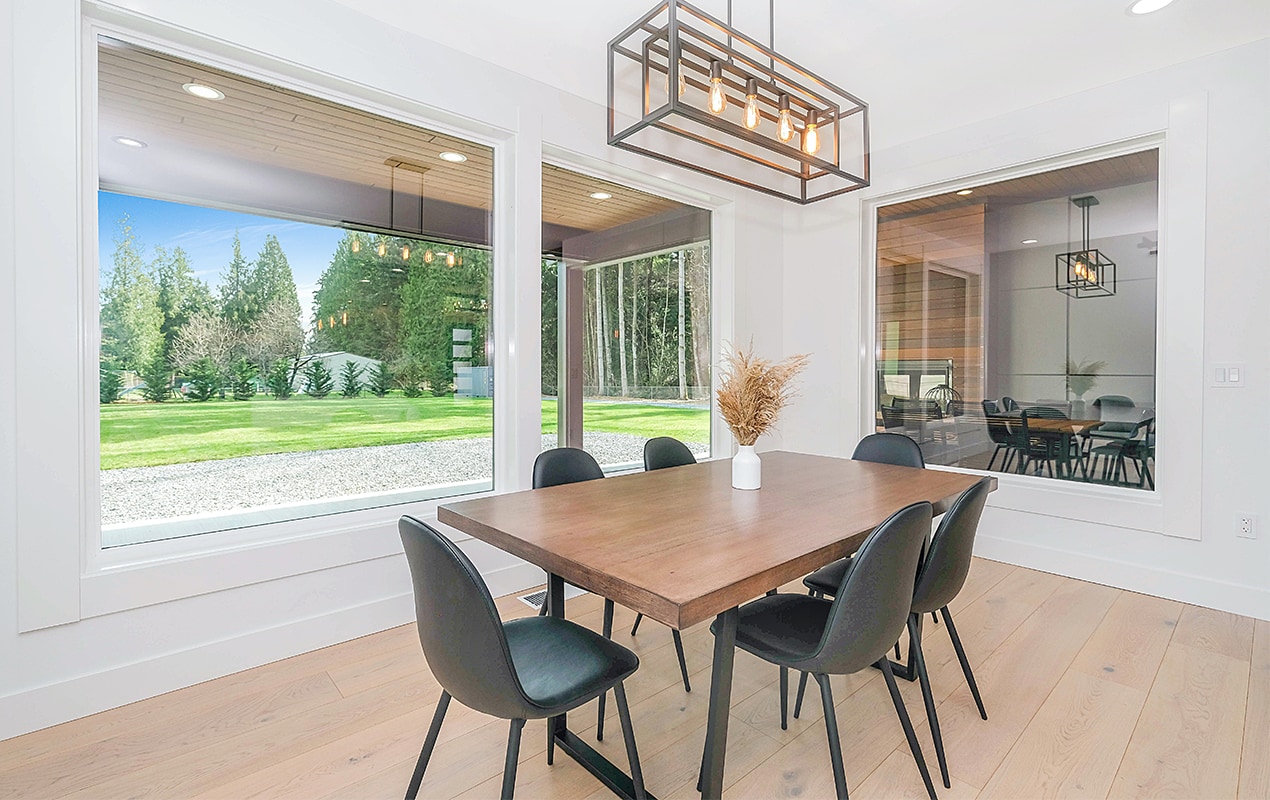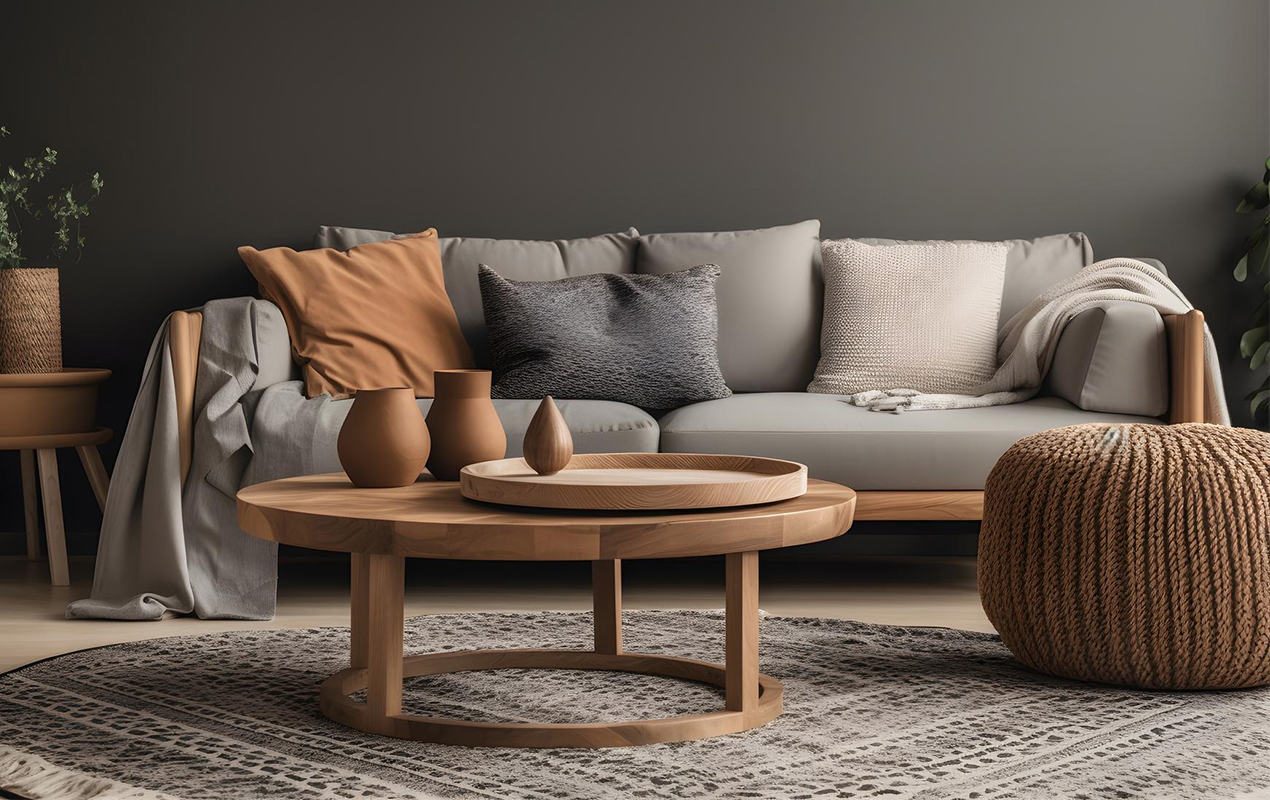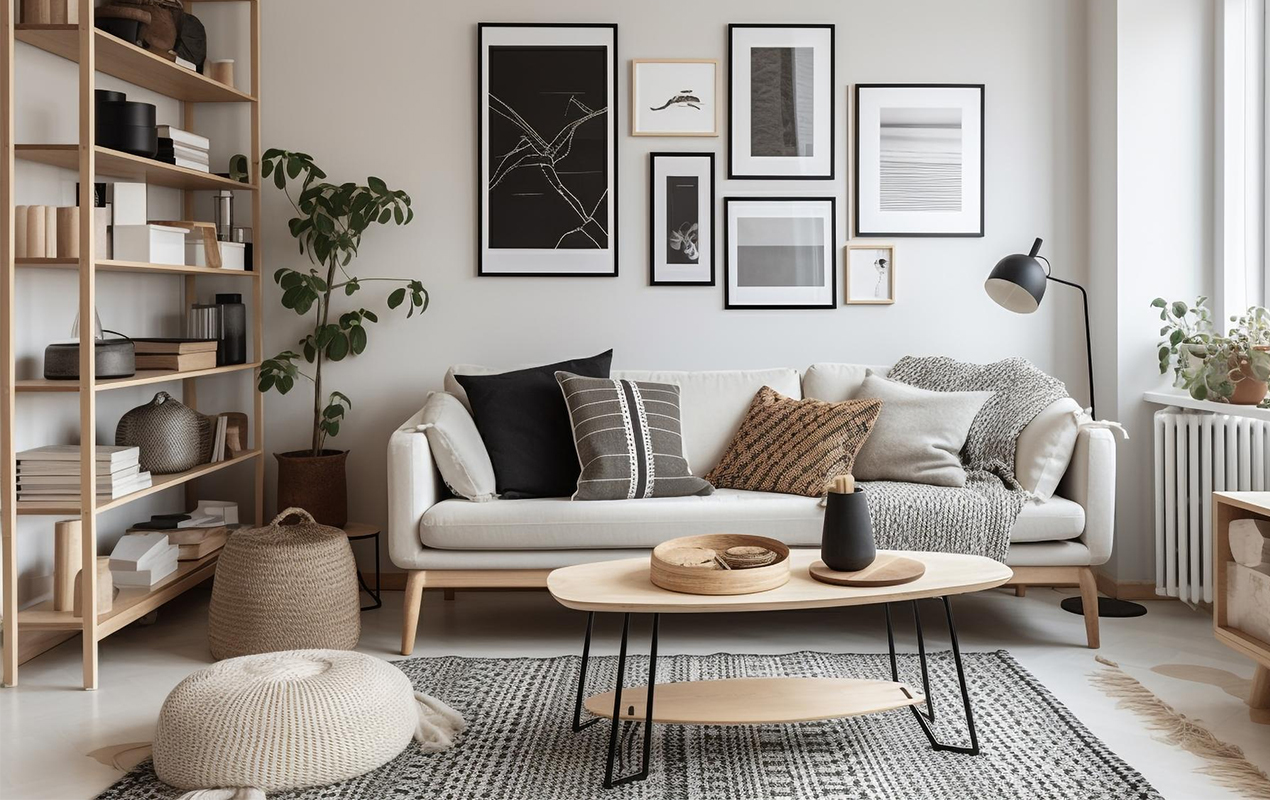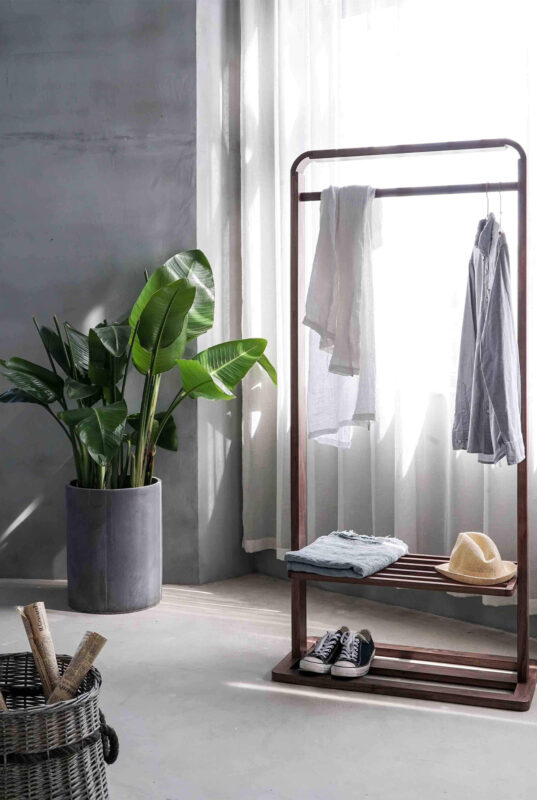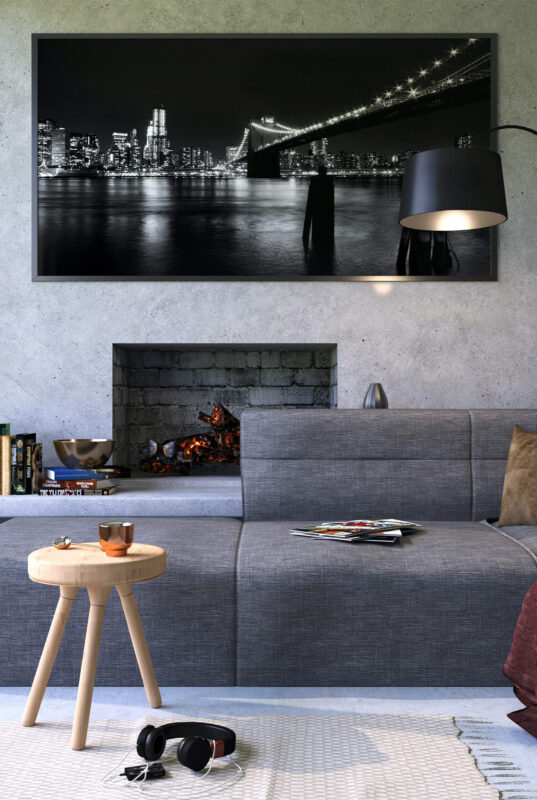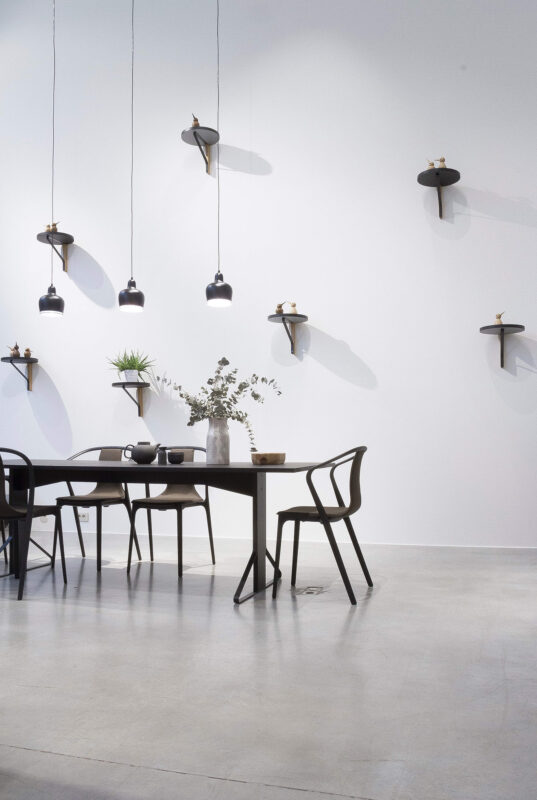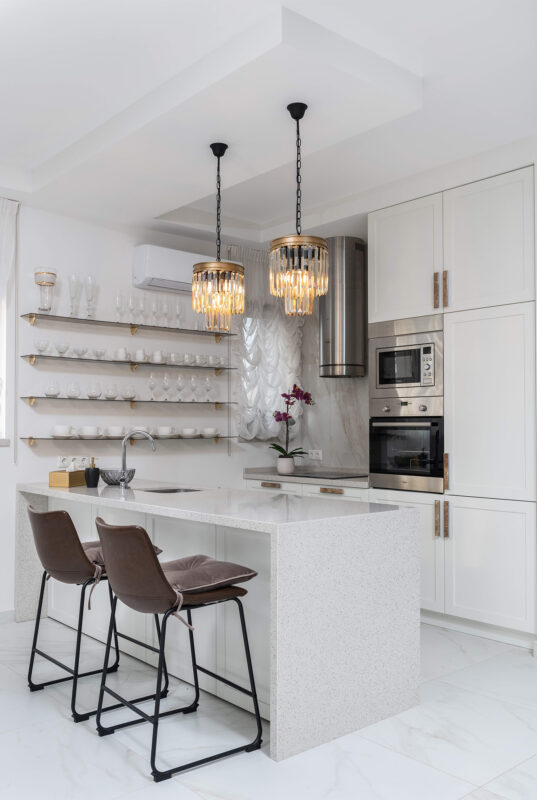Blog
Sizing Up Your Space: Strategies for Choosing Furniture That Fits
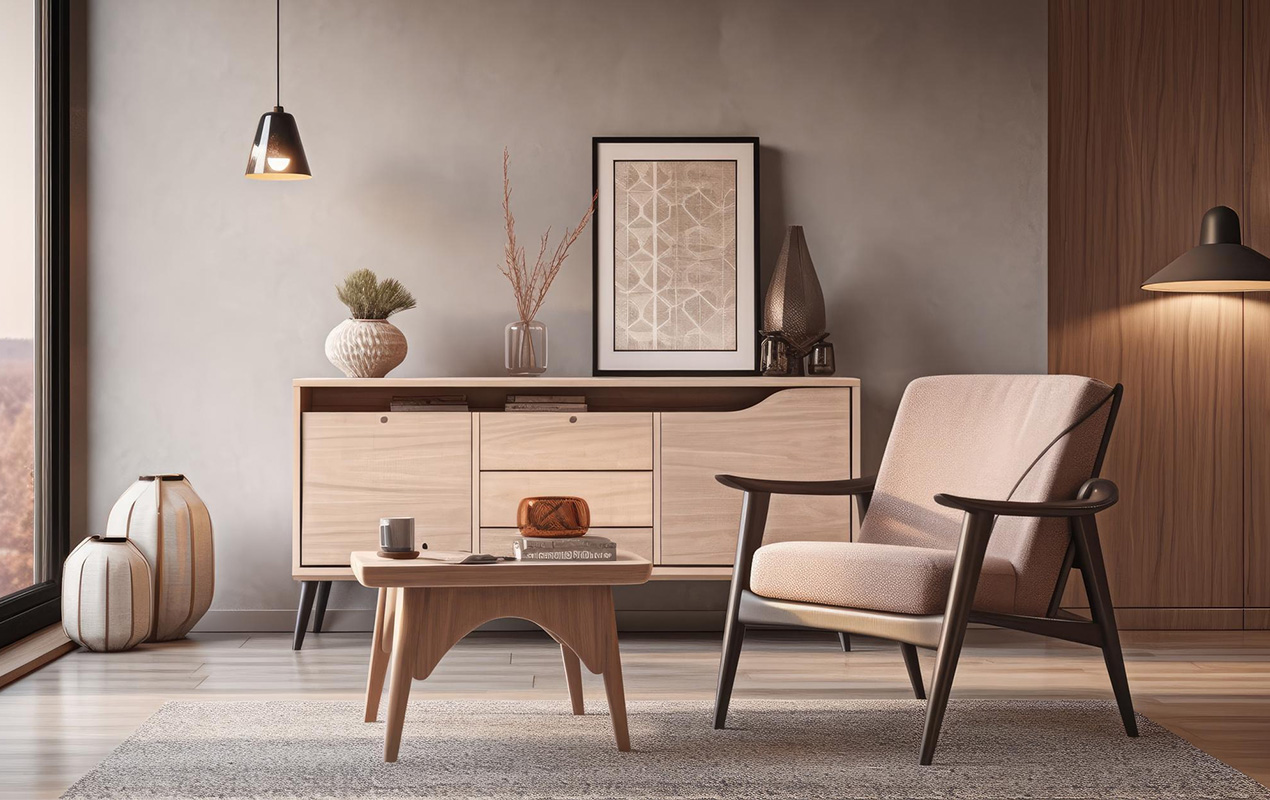
When decorating a home, you need to pay attention to every detail. Everything contributes to making your home beautiful and flawless, from picking the color of the walls to decorating your outdoor space. One such important aspect of setting up your home is the choice of furniture. The right furniture has the ability to improve the look and feel of a home, making it a more comfortable and pleasing place to live. However, not everyone has the eye for selecting furniture that would fit appropriately into their space. To ensure that you make the best furniture choice for your needs and preferences, there are specific strategies that you can use. Here are some of them.
Define Your Style
Before you begin shopping for home furnishings, you must first consider your style—the one that fits your personality and your way of life. Following trends or buying rashly will make you tired of what you buy quickly. Since furniture is an investment, making the wrong choice can have long-term consequences.
Start by finding your style. A good way is to review furniture store catalogs with different styles. Traditional furniture may be right for you if you like stained wood with delicately carved detailing or clawed feet on couches and chairs for a rich look. If you prefer clean lines, distinct corners, and light materials, you may prefer modern or contemporary furniture. To avoid keeping a room from resembling a time capsule, consider a mix of styles and finishes. For example, you could add a mid-century modern chair to a room with more traditional pieces and mix materials like wood, upholstery, and metal.
Analyse Your Needs
Knowing how furniture will be used in your home affects the choice of color, fabric, and weight. Ask yourself these questions before buying something: Will it fit my lifestyle? How often will it be used daily? Is wear resistance necessary? For example, if you have a pet, you may want to seek scratch-resistant materials, such as velvets, or designs that can easily conceal loose fur. If you have young children, make sure that any legs are robust enough to hold significant weight and that the fabric is of high enough quality to prevent tearing. From a practical standpoint, consider how easy it will be to clean stains or repair holes or scratches.
Take Measures
Finding home furnishings that fit the space is crucial. You may love how your friend’s dining table looks, but will it fit in your small dining room? Measure the room and each item carefully. To see how the piece would fit in the space, lay out paper to represent its dimensions. This will reveal if everything works.
Invest in Quality`
Nobody buys new home furnishing items for their space every couple of years, hence the importance of investing in quality pieces that don’t deteriorate so fast. Purchasing high-quality furniture means that your furniture will survive for many years.
To identify the quality of a piece, there are a few things you need to look for:
- Craftsmanship: Clean lines and smooth finishes are characteristics of well-made furniture. Loose joints and poorly applied paint or stains are clear signs of poor craftsmanship.
- Materials: Solid wood, rather than engineered wood products or particle board, is used to make high-quality furniture. Plus, higher-end furniture is more likely to include veneers, which enhance beauty and longevity.
- Construction: Examine the structure of the piece you’re considering getting. Quality pieces will feature properly aligned drawers and cabinet doors that flush with the frame. If this differs from what you see, the pieces are most likely of inferior quality.
Consider Colour
The furniture must blend with the surroundings. This means you must consider the floor’s color and any distinguishing aspects of the walls or ceilings. Feel free to mix styles and hues if your room is neutral, with light and gentle tones and seamless floors. If your area has a hydraulic floor with a lot of color and visual weight, choose lighter furniture that doesn’t detract from the pavement. A raised piece of furniture with legs and light metal or wooden elements will help.
Ergonomic Matters
Just like with ergonomic office furniture, ergonomic home furniture is crucial for comfort. For example, a high-backed sofa can make it much more comfortable for taller individuals to watch TV without lying down. In the dining room, comfortable chairs with back support can make long meals more pleasant. Consult with the whole family to find out what their ergonomic requests are. To avoid costly returns, have everyone try the furniture before making a final purchase.
Don’t Rush
Hasting your decision and making impulse purchases is something you’ll want to avoid when shopping for household furnishings. It takes time to be confident about your style and needs and to analyze prices, materials, and characteristics. If you rush, you risk purchasing something that does not fit your style or has the wrong function or measurements. So find out what you like best and think about it for a few days. Before buying furniture, check the manufacturer’s or retailer’s brand and reputation. Do they have a return/exchange policy? Also, check what kind of warranty or guarantee they offer on their furniture.



